
October 15,2025
admin
In modern office environments, Staff furniture is not just a part of the workspace but directly impacts productivity, comfort, and overall satisfaction. Different job roles have varying furniture requirements, making customized designs a necessity when purchasing employee furniture. This article explores how to tailor employee furniture to meet diverse work needs, focusing on functionality, comfort, space utilization, and corporate culture to create an efficient and comfortable office environment.
1. Functional Furniture: Tailoring to Different Roles
2. Comfort: The Key to Boosting Productivity
3. Space Utilization: Optimizing Office Layout
4. Reflecting Corporate Culture: Conveying Brand Identity Through Furniture Design
5. Sustainability and Environmental Responsibility
Different roles in the company require specific furniture to support their tasks, making functionality a top priority when selecting employee furniture.
Administrative Staff: Administrative staff often need larger desks to manage documents, equipment, and office supplies. Their furniture should offer ample storage, including file cabinets, drawers, and shelves. Additionally, cable management systems and charging ports help keep their workstations organized and efficient.
Designers and Creative Staff: These employees typically require more workspace and a flexible environment. Adjustable height desks, multifunctional work surfaces, and comfortable swivel chairs with good back support enable them to stay focused and comfortable during creative tasks.
Sales and Marketing Teams: These roles may require flexible workstations for client meetings and collaboration. Mobile desks, adaptable seating, and shared workspaces allow them to adjust quickly to changing work demands.
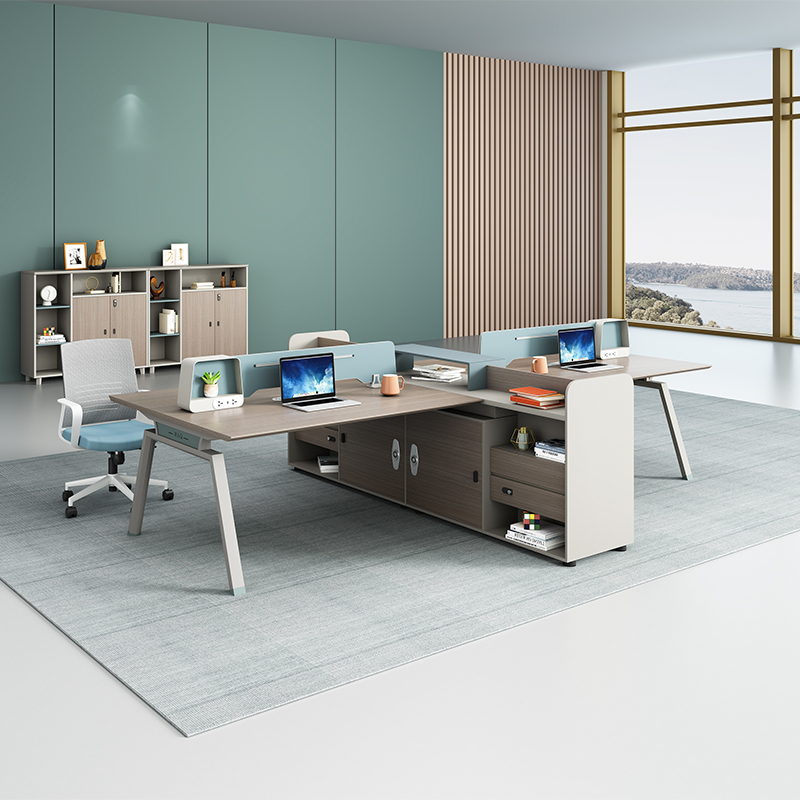
With long hours spent at work, employee comfort is crucial for health and productivity. Ergonomic design is essential for reducing physical strain and enhancing workplace comfort.
Ergonomic Office Chairs: Selecting office chairs with lumbar support, adjustable seat height, and reclining backs helps reduce fatigue and prevents health issues caused by poor posture. High-quality office chairs can significantly boost employee efficiency.
Adjustable Desks: Many companies are now opting for sit-stand desks, allowing employees to alternate between sitting and standing, reducing the negative health impacts of prolonged sitting. This design not only enhances comfort but also promotes employee activity and focus.
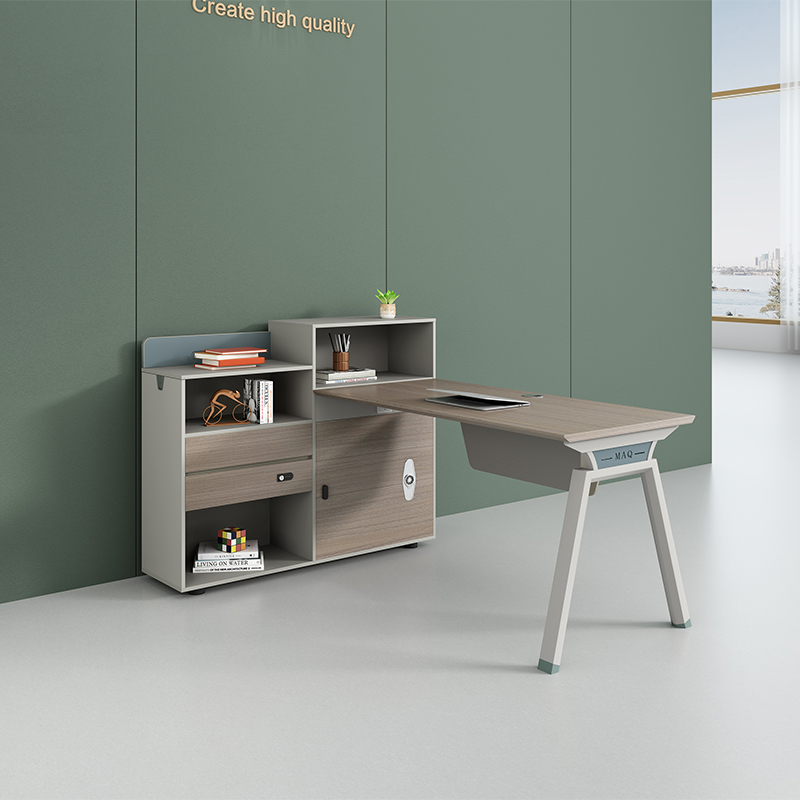
The layout of office space is closely linked to the design and selection of employee furniture. In offices with limited space, choosing and arranging furniture wisely can greatly optimize space usage.
Modular Furniture: Modular office furniture can be adjusted according to changes in office space, making it ideal for open-plan offices and shared workspaces. Stackable storage units, combination desks, and flexible workstations can save space and create a more dynamic work environment.
Multifunctional Furniture: Selecting desks, sofas, or chairs with built-in storage can increase the efficiency of office space without occupying additional floor area. For example, a desk with hidden drawers offers a spacious work surface while providing storage for documents and personal items.
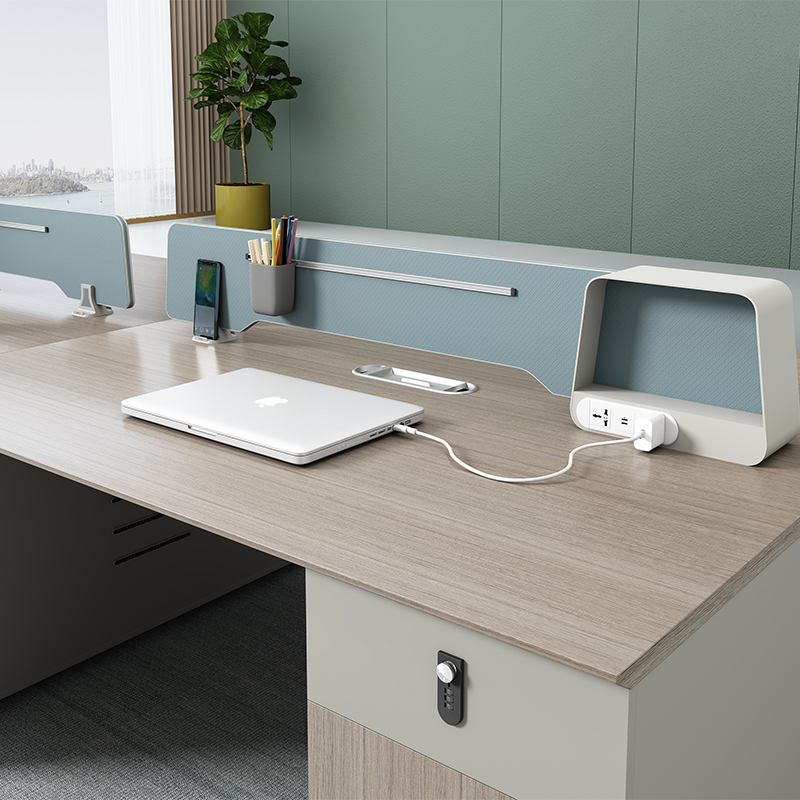
The design of employee furniture should also align with the company’s culture and brand image. For example:
Technology Companies: Tech firms often lean towards modern, minimalist designs, emphasizing innovation and efficiency. Their employee furniture might feature sleek lines, metallic materials, and technology-inspired colors like silver, gray, or blue.
Creative Companies: Creative firms value individuality and flexibility, and their furniture choices often reflect boldness and creativity. Bright colors, unique shapes, and versatile furniture can enhance the creative atmosphere and embody a spirit of innovation.
Traditional Businesses: For companies that prioritize a professional image, such as law firms or financial institutions, classic leather chairs, solid wood desks, and dark-toned furniture can convey a sense of stability and reliability.
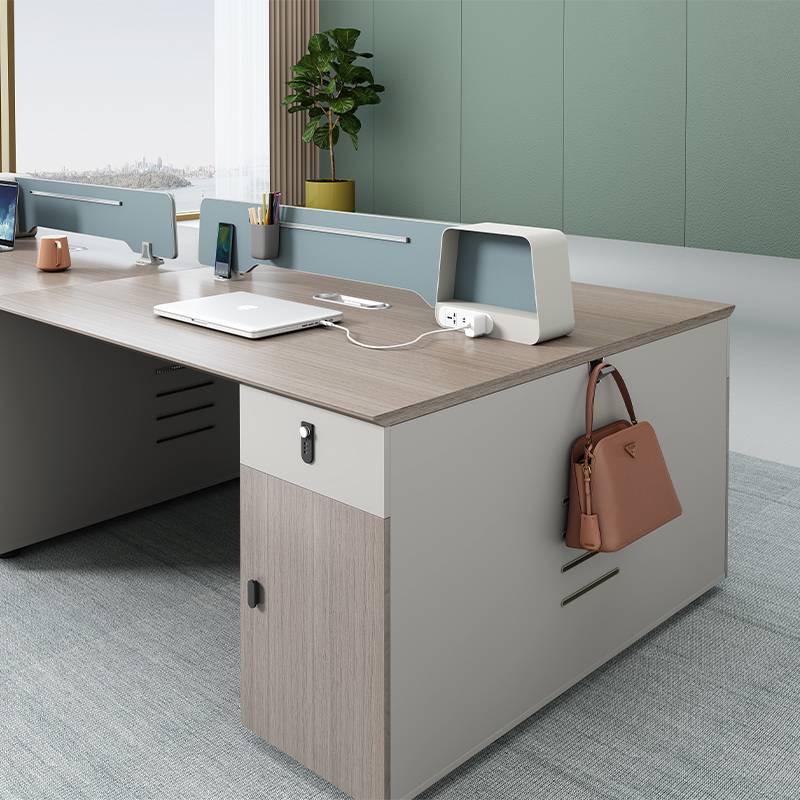
With growing environmental awareness, more companies are considering sustainability when choosing employee furniture. The use of eco-friendly materials not only demonstrates social responsibility but also enhances the company’s brand image.
Sustainable Materials: Choosing furniture made from recyclable materials or renewable resources is both environmentally friendly and cost-effective in the long term. Bamboo, recycled plastic, and eco-friendly finishes are popular options.
Energy-Efficient Designs: Some furniture companies offer energy-efficient office furniture, such as workstations with low-energy lighting or power-saving systems, helping businesses reduce energy consumption while promoting sustainability.
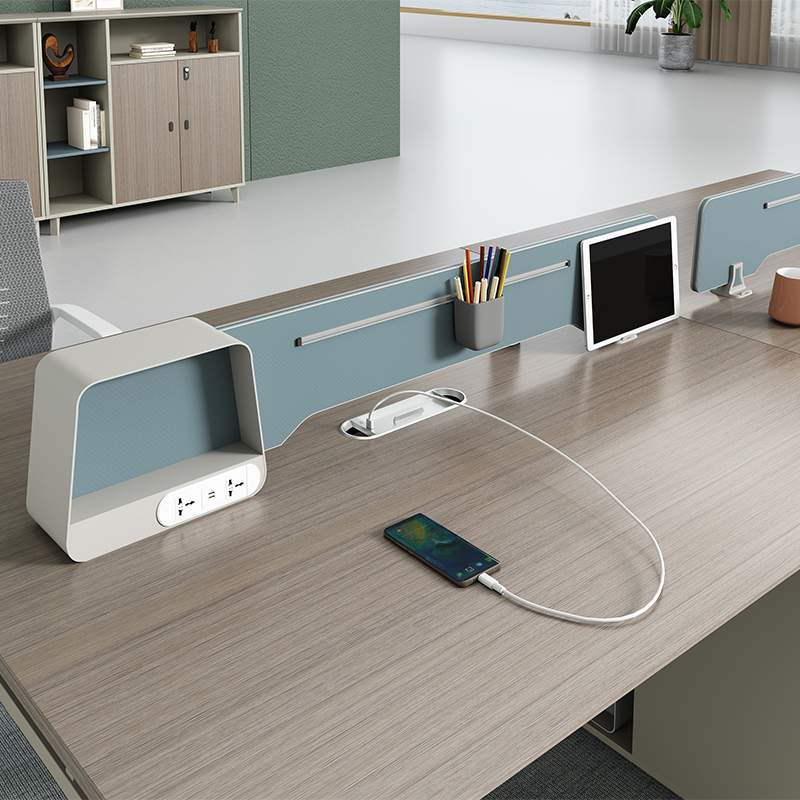
Employee furniture not only affects the aesthetics and comfort of the workspace but also directly influences employee productivity and well-being. When purchasing furniture, companies should consider the specific needs of their staff and choose custom furniture that is functional, comfortable, and aligned with their corporate culture. With thoughtful planning and design, employee furniture can enhance the quality of the office environment and convey a positive brand image. Choose Ekintop furniture, and we will provide you with the best products and services for your needs.

